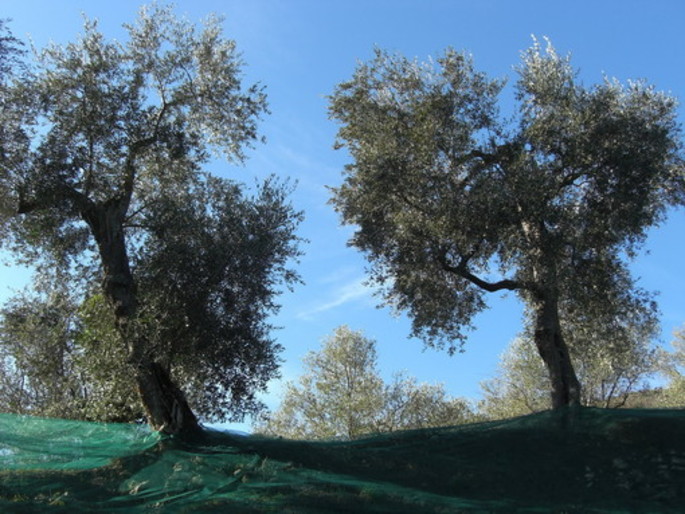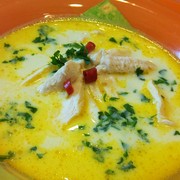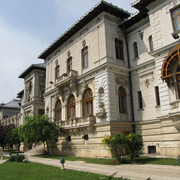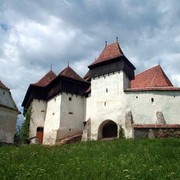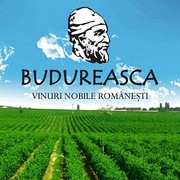The Ligurian landscape is strongly influenced by the presence of the olive tree, whose introduction in the region dates back to very ancient times.
Some records indicate its presence in Liguria since the Roman days (Varrone, 116-27 BC) in centuries of the Magra valley and Albenga Plain. However, some speculate whether the introduction of olive trees in Western Liguria, coming from the Phoenician colony of Marseille, goes back to even more remote times.
Throughout the centuries, the olive plant spread into the hilly interior, probably thanks to the work of the monks, and some varieties that are still in use today began to appear.
In fact, in the Middle Ages, Benedictine monks carefully selected the olive plant, creating the Taggiasca variety; they also taught the technique of “terracing” the hills with dry stone walls to recover land and make it productive.
Producing high quality oil is an art, it demands sacrifice and, especially, passion. In order to keep the olives healthy through to the harvest and deliver them quickly to the press, growers must pay special care when dealing with steep terraced soil and unpredictable weather.
Furthermore, the conservation of the oil requires meticulously controlled temperatures, rooms and containers.
Today, the product originating in Liguria has the Protected Designation of Origin "Riviera Ligure”.
Much of the quality of DOP Riviera Ligure Extra-Virgin Olive Oil is due to the variety of plants (Taggiasca, Lavagnina, Pignola and other local varieties derived from the Frantoio variety) that, over centuries of adaptation to the area and climate of Liguria, provide a product with low acidity, light fruitiness and a sweet sensation.
The Community DOP (Protected Designation of Origin) mark identifies a product in which all stages of the production process, from harvesting in the field to packing, are carried out under well-defined geographic area; specifically, three sub-areas are of particular value, two of which in the Alps of the sea: the "Riviera dei Fiori" and the "Riviera del Ponente Savonese."
Strada dell'olio (Olive oil route) is a gastronomical route that crosses a territory rich of traditional products, PDOs and PGIs, DOCs and DOCGs. It aims to promote Italian products of excellence in the agricultural field and in food industry, with a special focus on PDO olive oils.
Usually it includes frantoi (olive presses), rural hamlets, medieval villages, Reinassance cities, archeological sites, ancient and modern production farms, and thermal locations.
The Olive Oil Route in Liguria goes from the Manie plateau, in the District of Savona, to Col di Nava in the District of Imperia, connecting the Alps to the sea, passing through the western Liguria inland, in an itinerary that stretches over 120km. It was one of the major "salt routes", which allowed, in the past, the transportation of salt from the coast to the alpine areas.
Many villages, historic towns, castles, churches line the route and are evidence of an ancient civilization, still preserved in the stone houses architecture, cobbled streets, and arcades.
In addition, along the route there is a wide variety of vineyards, among which are the well-known Ormeasco and Rossese grapes. It is a wonderful journey that explores not only delicious local products, but also art, culture, and farming traditions.
The most characteristic and prestigious olives that are encountered along the route are the taggiasca and the pignola.

